In today’s fast-paced dental practice, effectiveness, accuracy, and cleanliness are no longer options; they are mandatory. As digital health technology continues to evolve, dental practitioners are seeking new means to improve their processes and patient results. One of these is the AI dental assistant, with hands-free operations improving clinical efficacy and safety. Whether it’s retrieving radiographs, taking notes, or booking appointments, AI dental assistants enable dentists to communicate using technology without interrupting patient treatment or sacrificing infection control.
Why Hands-Free Workflow Matters in Dentistry
Contents
Dental clinics are precision centers. Clinicians switch tasks at a rapid pace following strict hygiene regulations. But screen, keyboard, or document touch during treatment disrupts the flow of treatment as well as cross-contamination risk. This meant having to rely on someone else to manipulate systems or having to take off gloves to handle certain equipment.
AI voice assistants resolve this dilemma by providing touchless access to software and clinical information systems. Dentists have instant access to patient records, can view imaging, or enter results without ever physically touching a device by just commanding it with their voice.
What is an AI Dental Assistant?
An AI dental assistant is a voice-controlled device that helps plug into clinic software to assist with administrative, diagnostic, and clinical procedures. Developed using artificial intelligence and natural language processing, the assistants are capable of understanding and performing voice commands in real-time. Their mission is straightforward: allowing clinicians to work on patients as the assistant handles the mundane digital drudge behind the scenes.
For example, the dentist can ask the assistant to “open the patient’s periodontal chart” or “record today’s visit entry” while performing a procedure. The AI learns the usage patterns of the clinic over time and improves in terms of speed and accuracy.
Real-World Integration
scanO is among the companies leading the charge in installing AI dental assistant functionality in dental offices. By emphasizing automation and voice-driven documentation, scanO reduces manual entry of data, automates appointment scheduling, and provides real-time access to clinical data. The system can be integrated with electronic health records software, imaging software, and practice management software, and so represents an overall solution for progressive dental practices.
scanO clinics have experienced significant chairside productivity gains as professionals spend fewer minutes on administration and more time on concentrated care.
Core Benefits of AI Voice Assistants in Dental Clinics
The advantages of using an AI dental assistant go far beyond the convenience factor. The technology brings measurable increases in operational efficiency and clinical precision. Some of the key benefits are:
1. Enhanced Workflow Efficiency
By reducing unnecessary administrative activities, voice assistants reduce cognitive load on clinicians and avoid workflow interruptions.
For example, scanO’s voice assistant guides patients through the scanning process with scanO Air, helping them position correctly for clearer, higher-quality images.
2. Improved Infection Control
Minimizing surface contact during the procedure maintains a sterile environment and allows rigorous infection prevention protocols.
3. Instant Access to Clinical Information
Clinicians get immediate access to retrieve or modify records without leaving the patient or delaying treatment.
Denti.AI’s voice assistant technology streamlines periodontal charting and clinical documentation by allowing dentists to use simple voice commands for tasks like recording measurements, generating reports, and accessing EHRs in real time.
4. Accurate Documentation
Real-time and consistent charting is enabled through voice-to-text technology, reducing the likelihood of errors or missed entries.
5. Minimization of Staff Dependency
By entrusting routine work to the assistant, auxiliary staff could be utilized for patient-focused roles or specialized work.
In scanO clinics, staff no longer need to work on the computer during treatment; they can devote their time to patient prep, sterilization, or post-op instead, allowing total resource use to be more efficient.
Challenges and Considerations Before Adoption
While the advantages are evident, there is a need for careful planning and coordination of infrastructure to adopt voice AI technology. Dental clinics that are adopting an AI dental assistant should expect the following:
1. Data Protection and Compliance
All AI devices dealing with patient data need to adhere to local data privacy legislation and industry practice to ensure patient confidentiality.
2. Induction and Training of Staff
Dental professionals require training to effectively utilize the AI assistant and be familiar with its capabilities and limitations.
3. Interoperability.
Ensure beforehand that the clinic’s current software environment, including EHR, imaging software, and billing software, can be interfaced with the AI system.
4. Return on Investment
Though initial investment is a factor, clinics normally realize long-term worth through higher efficiency, reduced documentation mistakes, and improved patient throughput.
The Future of Dentistry Will Be Voice-Enabled
As AI capability develops further, voice assistants will necessarily become smarter, more intuitive, and part of the entire dental environment. Subsequent releases will likely include more intensive analytics, automated coding and billing, or even real-time clinical decision support, all through natural conversational interfaces. AI dental assistants will not displace skilled professionals but rather enhance their capabilities so that they can spend more time on patient care, clinical judgment, and the human parts of dentistry that cannot be replaced by machines.
Conclusion
The dental market is moving into a new age where voice technology and AI are not only making their businesses more productive but also changing the way practices work. Companies such as scanO are at the forefront of this revolution by allowing clinicians to remain attentive, sterile, and productive through a voice-controlled AI dental assistant. Embracing this technology today facilitates the development of a future-proof clinic that is more agile, less weighted down by paperwork, and improved in delivering enhanced patient care. To dental experts devoted to excellence and innovation, voice AI is not an extravagance; it’s the natural progression.






This message arrived at exactly the moment I needed to hear it